
I have my parents to thank for my deep-seated love of adventure. From the salt flats of Uyuni, Bolivia to the towering karst of Halong Bay, Vietnam — our family holidays have often seen me standing, mouth agape, in front of one of our planet’s natural wonders.
One of my mom’s favourite ‘get to know the essence of a person’ questions is: where is your happy place? For my mom, the ocean; my dad, the bush and my sister, the mountains. As for me? My answer is simply outside. How could I possibly choose between them?
And then came a forest.
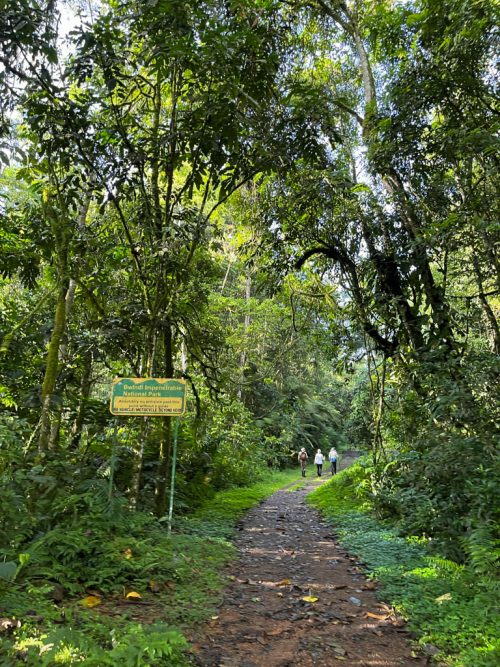
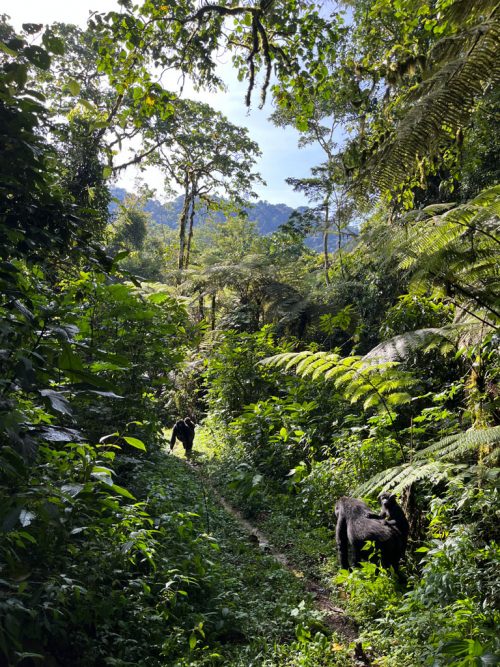
In June last year, I was at Angama Mara when Wilson, one of Angama's guides, arrived back from his trek with the gorillas of Mgahinga, Uganda. We spoke at great lengths about his experience and I was completely hooked. After a year of scheming and badgering (sorry, Helle) I was finally off to see the gorillas. Of course, my parents would not be left behind and my godmother is never one to pass up a travel opportunity, so our four-person adventure began.
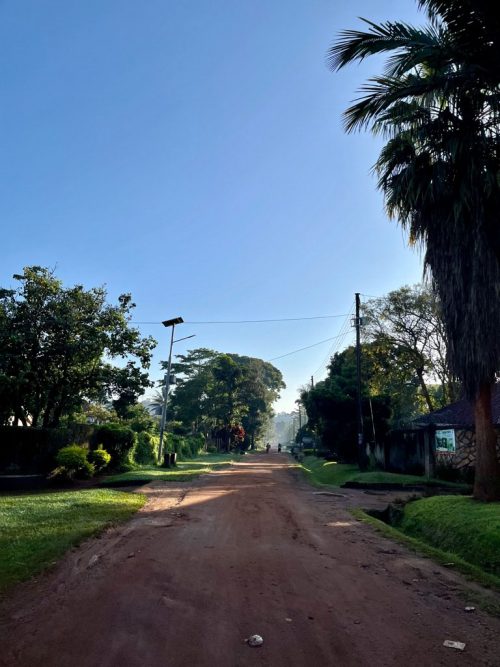

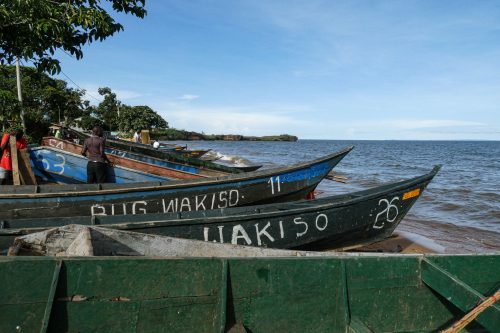
It all started with an overnight in Entebbe and then a quick hop and a skip to Kihihi the following morning. Scooped up into Gorilla Forest Camp's car with the knowledgable Rogers telling us all we needed to know of Uganda, we hurtled toward Bwindi Impenetrable Forest. The name promised all kinds of adventure and exciting expeditions. That was until I saw the visible line separating the forest from the farmland, creating a border that did indeed look impenetrable.
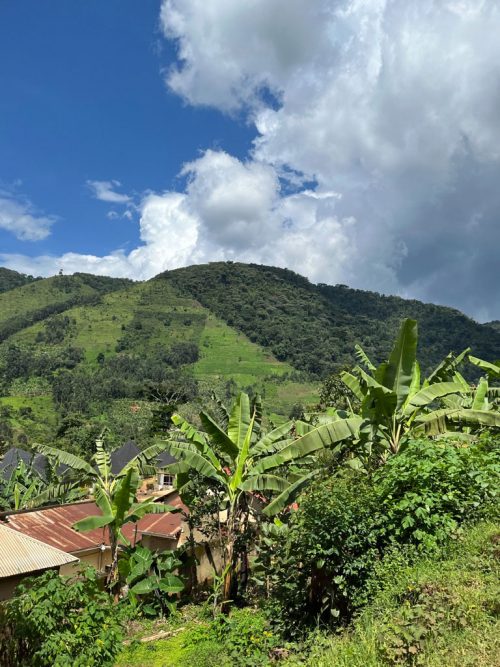

The many kilometres of uniformly hip-height tea plantations were a shocking juxtaposition to the towering trees with their tangle of hanging vines and vibrant flowers. As we got nearer to the border of the forest, birdsong filled the air and our guide pointed out the distant calls of the elusive chimpanzees. It was a verdant paradise.
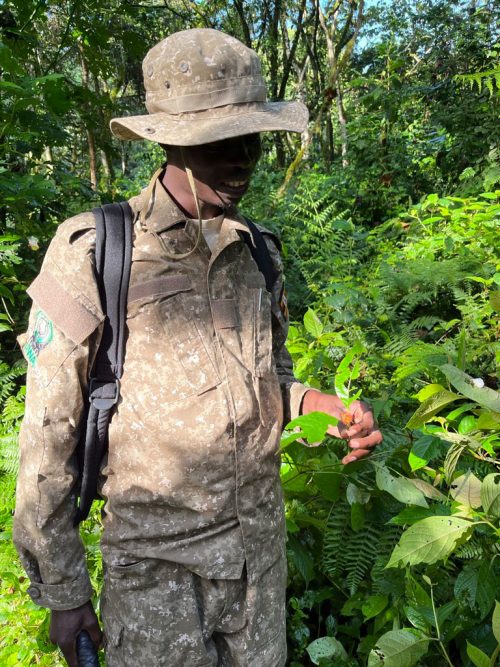
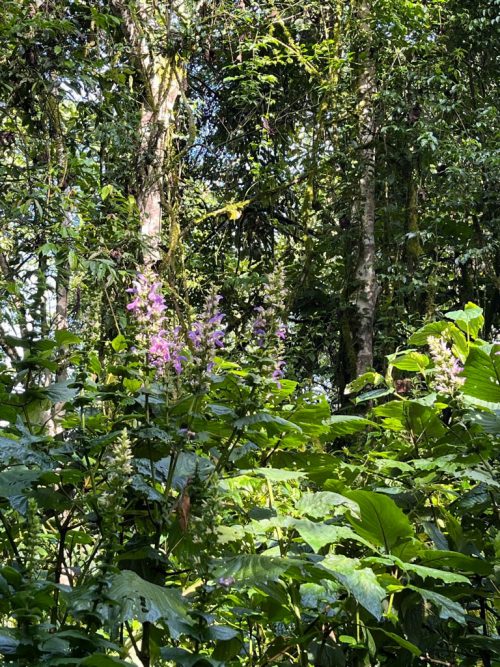
Boasting over 200 species of trees, the forest covers 32 000 hectares and is a biodiversity hotspot. Some 200-odd types of montane forest butterflies delight the eyes while a chorus of 300 species of forest birds are accompanied in a mystical manner by some of Bwindi’s mammalian occupants. From mountain gorillas and chimpanzees to l’Hoest’s monkeys and African forest elephants, it truly is a treasure-trove of wildlife.


While seeing the gorillas was everything I had hoped it would be and more, it was the forest that left the greatest impression on my heart. Walking through its ancient paths, I felt like an old-time explorer. It wouldn’t have surprised me in the least if we had run into the likes of Henry Morton Stanley… 'Ms Ross Stewart, I presume?' I could hear in my head.
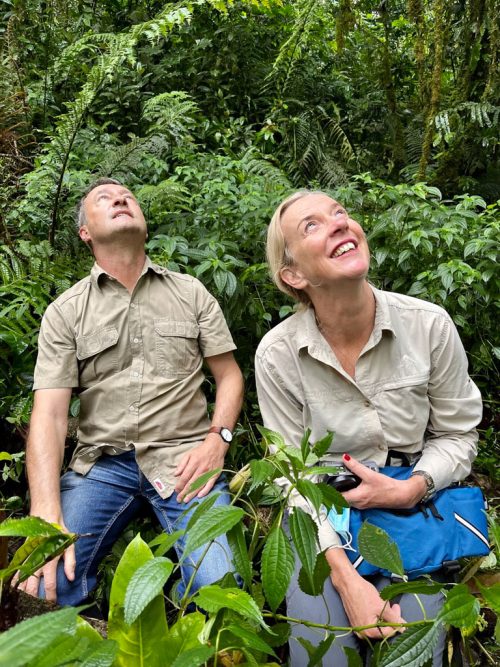
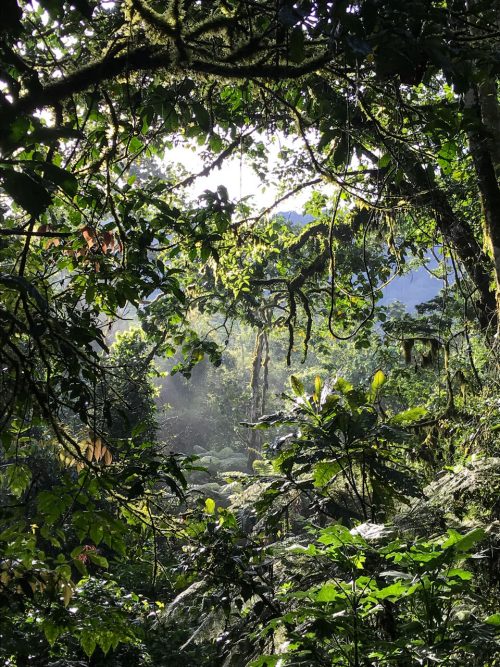
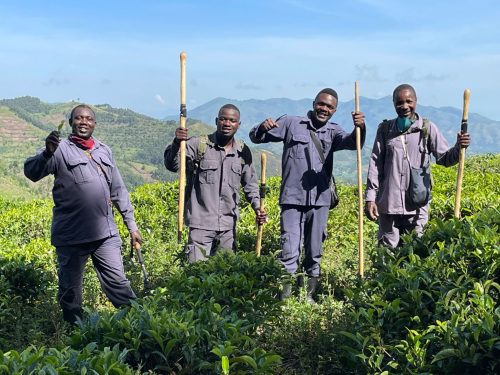
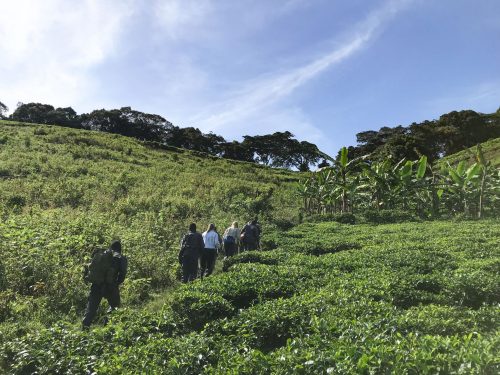
They say in Uganda, if you plant a walking stick, you’ll find it has taken root overnight. The soil must be one of the richest in the world and there was endless proof in the mouth-watering bananas that we ate in their thousands (or so it seemed). Plants grew with a richness I doubt I’ll see again, and the trees of the forest were no exception. I was practically immobilised by my inability to look away from the canopy that stretched miles above my head. Thankfully my unwaveringly kind and patient porter, William, was willing to lend me a shoulder to hold onto for guidance so my eyes could attempt the impossible task of ‘taking it all in’.
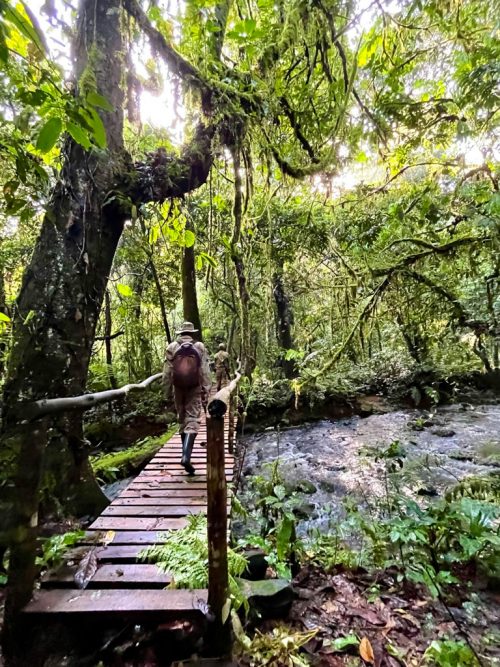
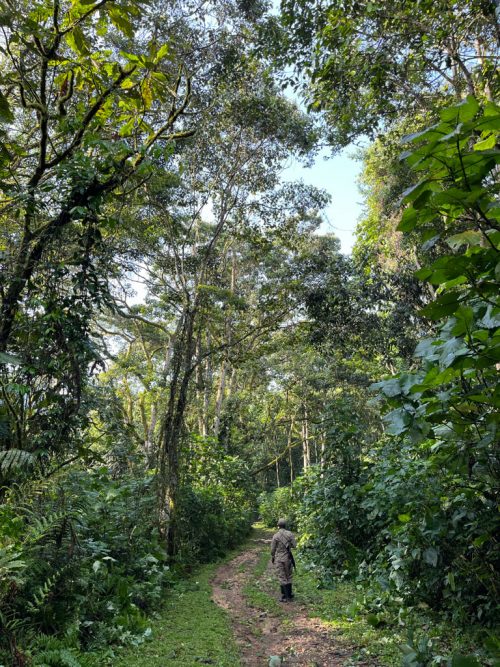
What remains of Bwindi Impenetrable Forest is a mere remnant of a vast forest that once covered much of western Uganda, Rwanda, Burundi and eastern Democratic Republic of Congo. Despite its intimidating name, the Impenetrable Forest has been shrinking for years. Our brief time in Uganda made it all so clear; travel to these far-flung natural gems, in as sustainable a way as possible, is vital. Ecotourism dollars coupled with the support of local governments and neighbouring communities help keep the heart of this ancient and magnificent forest beating.
Filed under: East Africa Travel
Subscribe for Weekly Stories
Comments (1):
2 August 2022
So impressive,the natural world, And how physical features are kept. Indeed,it good to travel and enjoy adventures
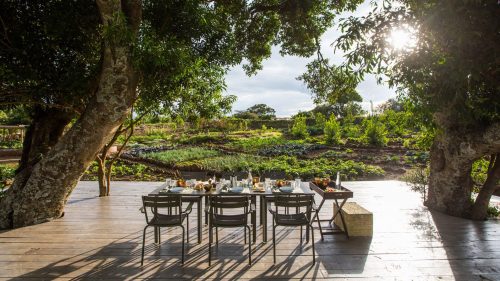
The Angama Shamba